Jilali Gharbaoui: The Artist Who Painted his Chaos and Pain
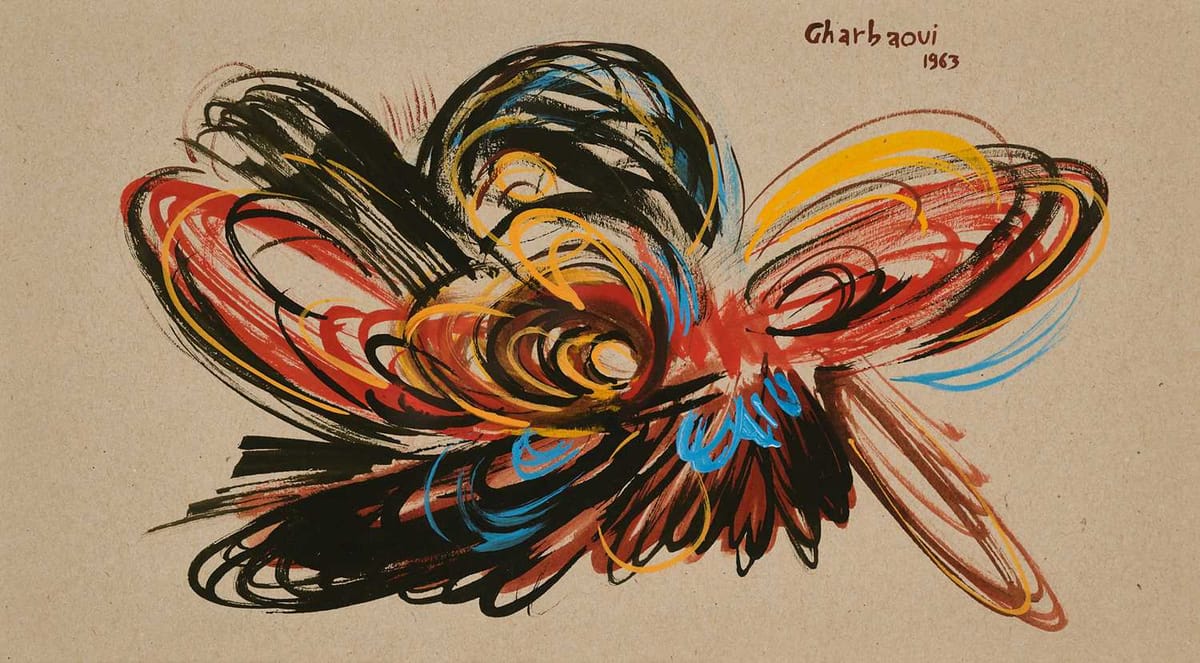
In 1971, on a cold morning in Paris, a man was found dead on a bench. His name was Jilali Gharbaoui. He was one of the first artists to bring modern art to Morocco. But his life was full of pain, chaos, and beauty.
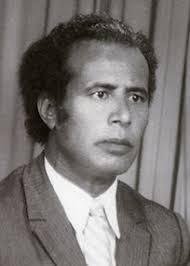
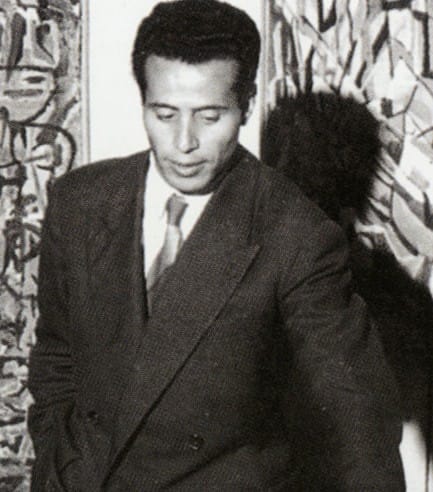
If you or someone you know is struggling with thoughts of suicide, please seek help. You are not alone.
Gharbaoui was born in 1930. He lost both parents as a baby and grew up in a Catholic orphanage, where his talent for drawing was discovered. However the time at this orphanage left deep scars. As a teenager in Fez, he sold newspapers and made drawings in the streets. A French artist saw his work and helped him meet Ahmed Sefrioui, who helped him study art.
In 1952, Gharbaoui moved to Paris to study at the École des Beaux-Arts. He later studied in Rome and spent time in Amsterdam and Japan. He met famous poets, painters, and critics and started to find his own voice in painting.
At first, he painted in the style of Impressionism and Expressionism. But soon, he moved to abstract art. Unlike other Moroccan artists, he didn’t paint traditional symbols or cultural stories. Instead, he focused on the movement of the brush, the texture of the paint, and the emotion inside him.
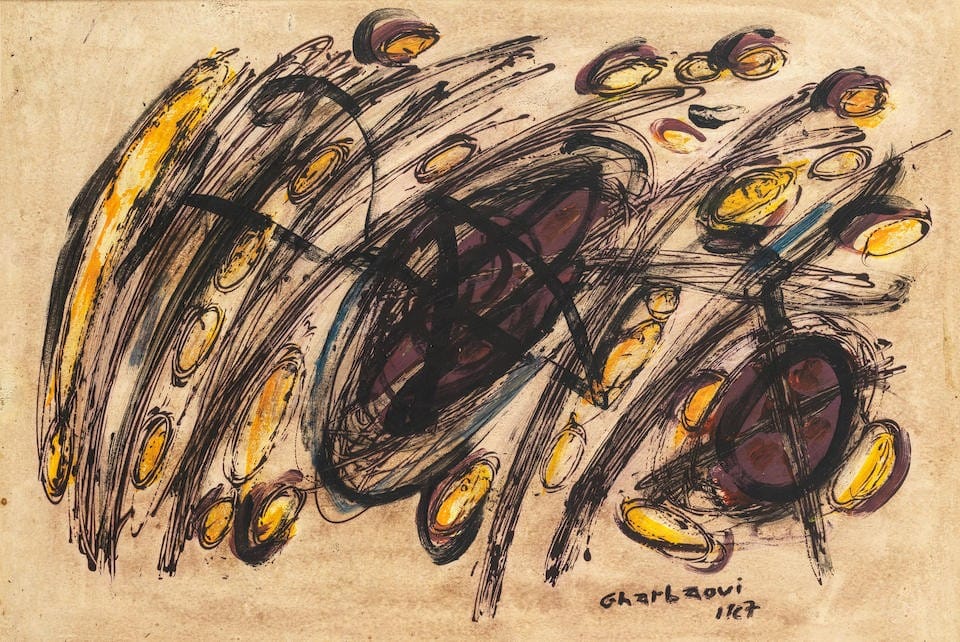
He suffered deeply from mental illness. Painting became his way to survive, a personal therapy. One place where he found likeminded people was in a monastery called Toumliline in the Mountains of Azrou where Muslims, Christians and Jews would come together.
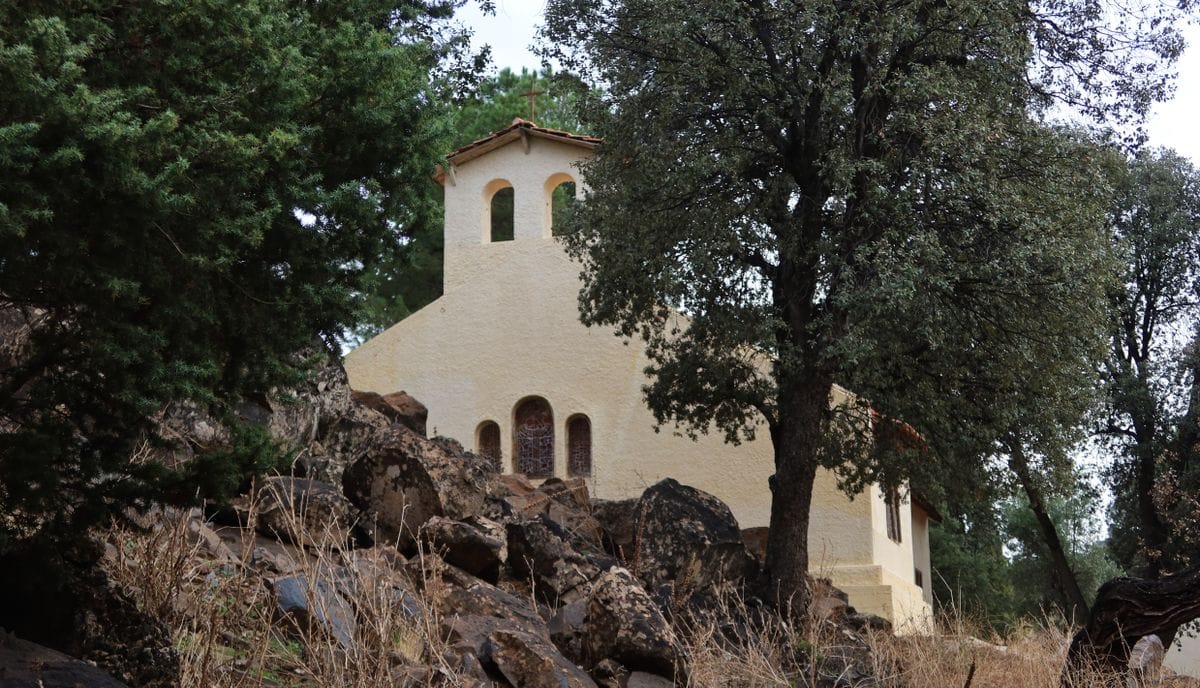
His paintings are wild, raw, and emotional. He used bold lines, thick paint, and often the color blue which reminded him of light and peace. His work was not always understood. In Morocco at that time, people expected decorative, colorful scenes. But Gharbaoui gave them something else: his pain. It wasn’t appreciated “This belongs in a mental hospital, not in a gallery” said one of the visitors of his first exhibition in Casablanca.
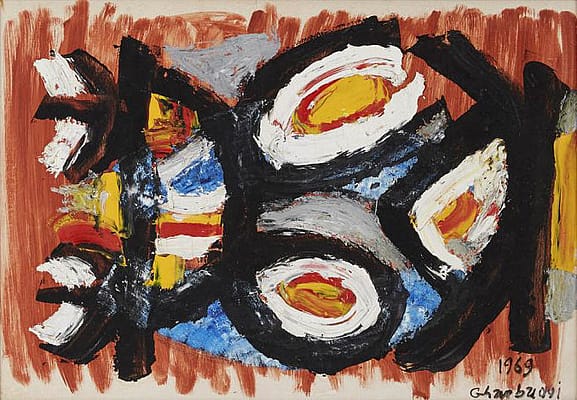
He refused to follow trends. He wanted to paint what he felt.
In 1971, he died by suicide in Paris. He was only 41 years old. His body was returned to Morocco and buried in Fez.
Today, Gharbaoui is remembered as a powerful voice in Moroccan modern art. His work is a window into a restless soul.
